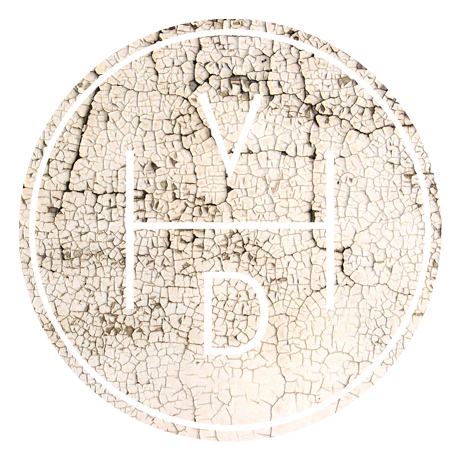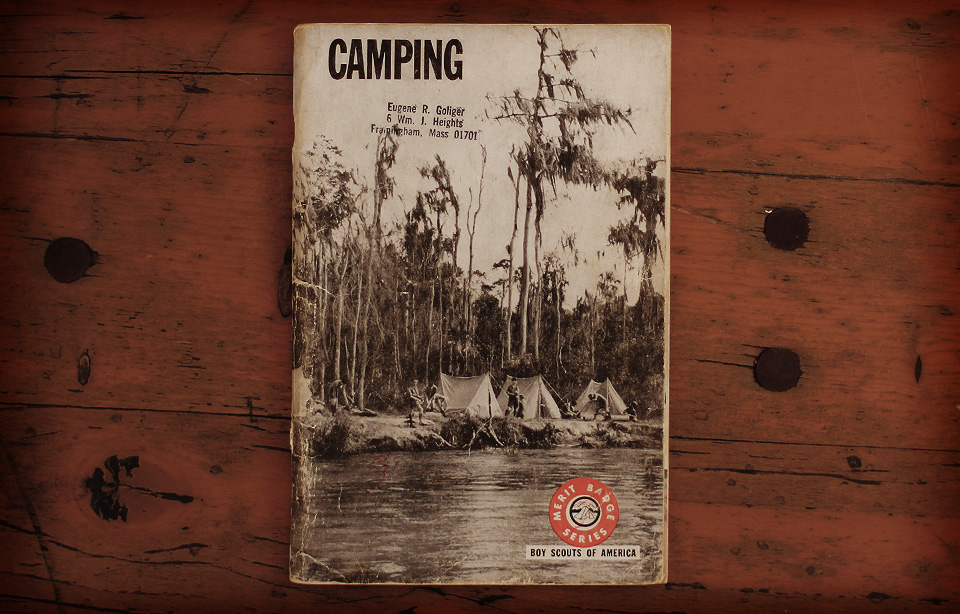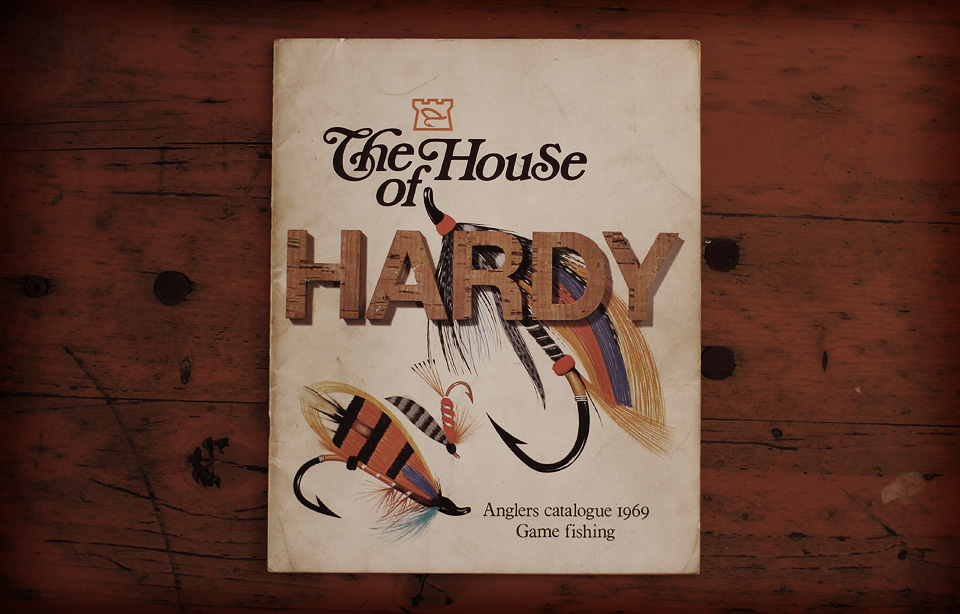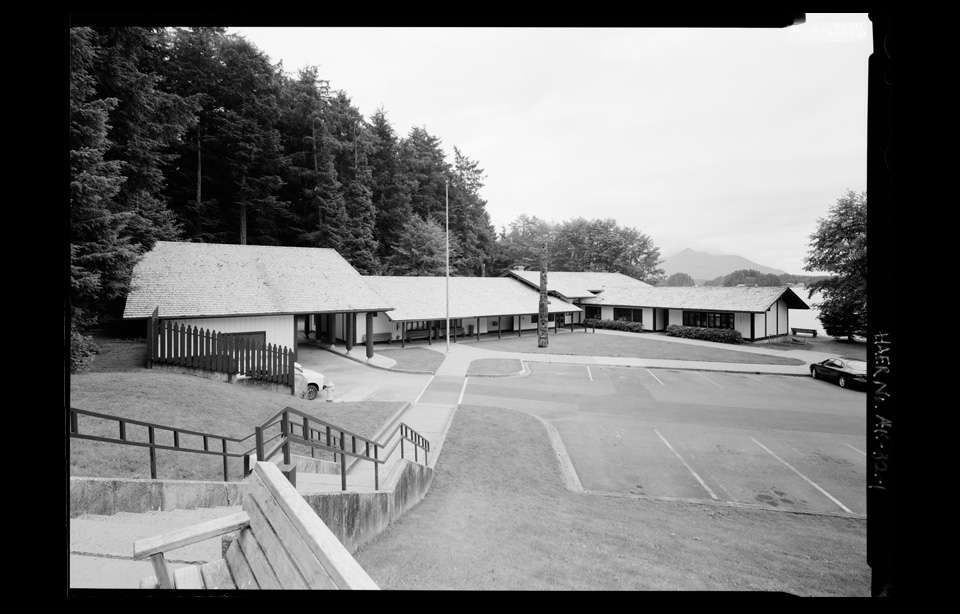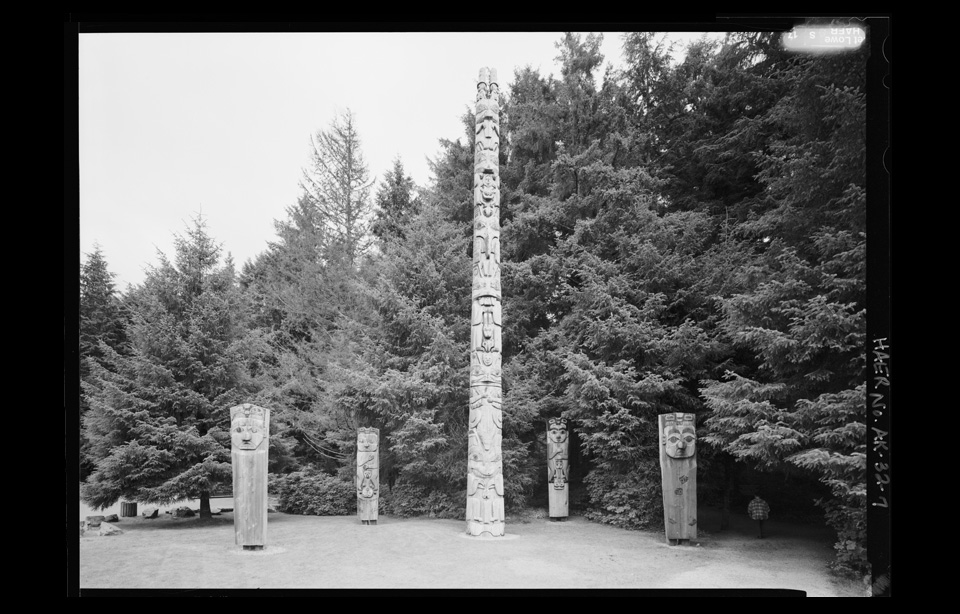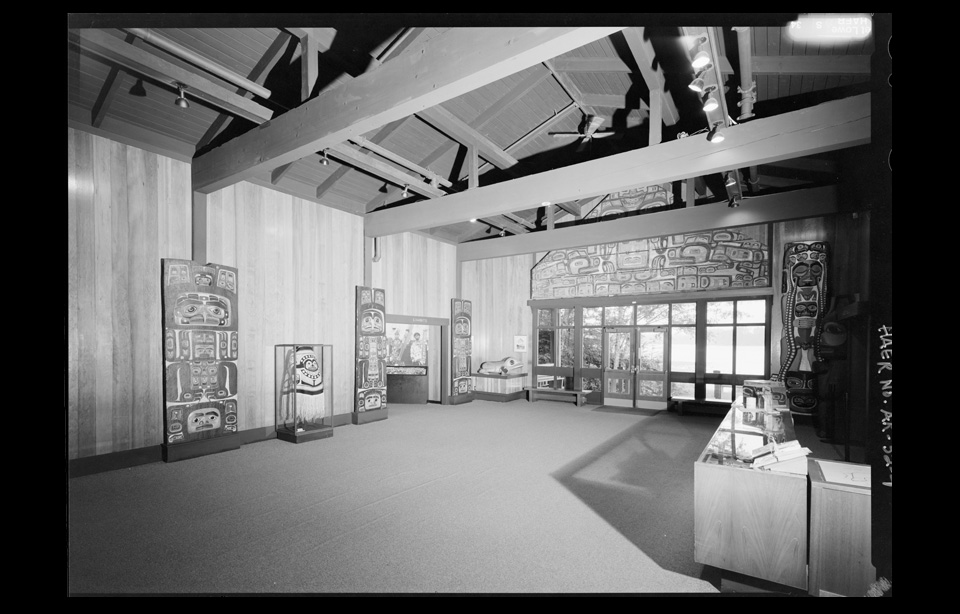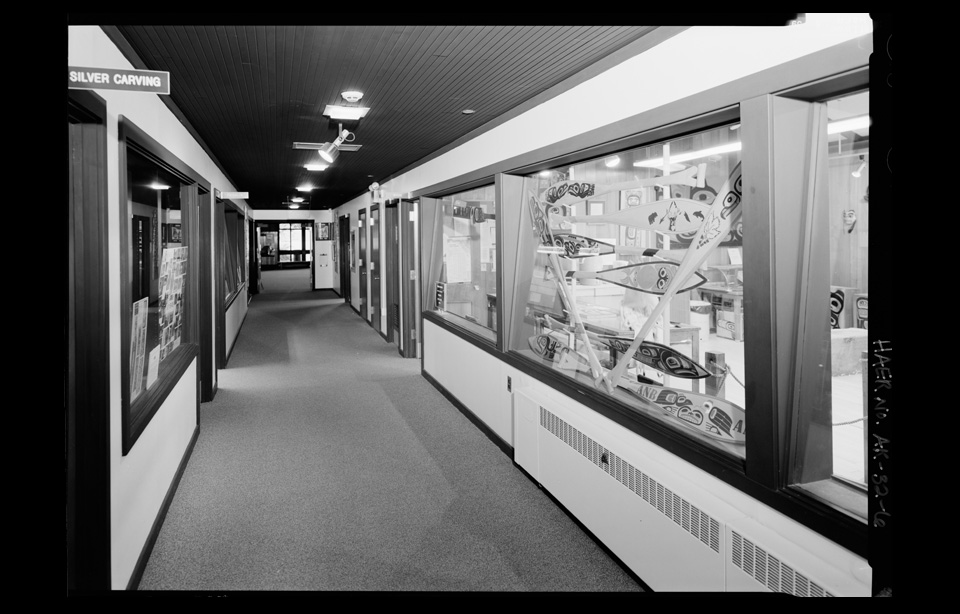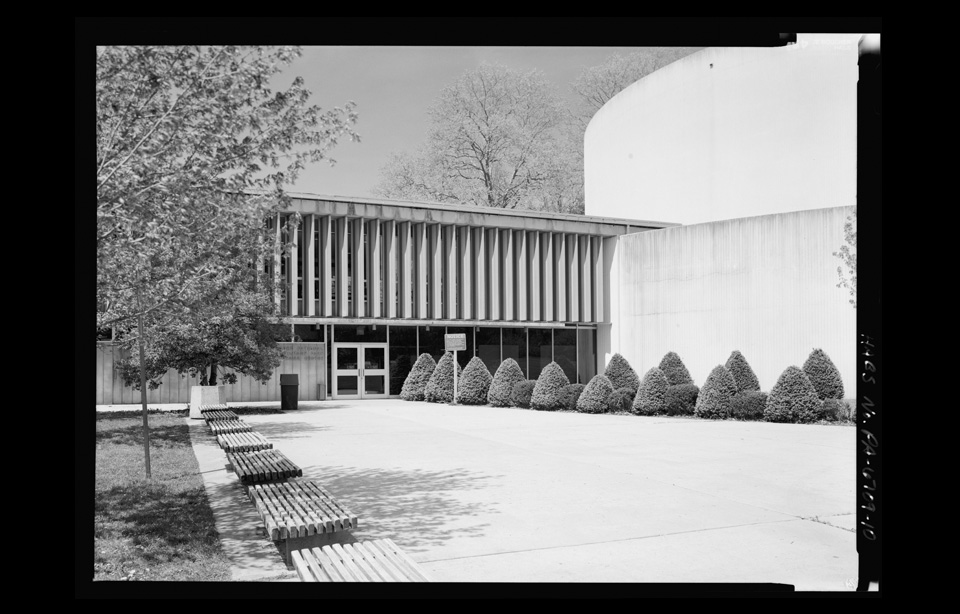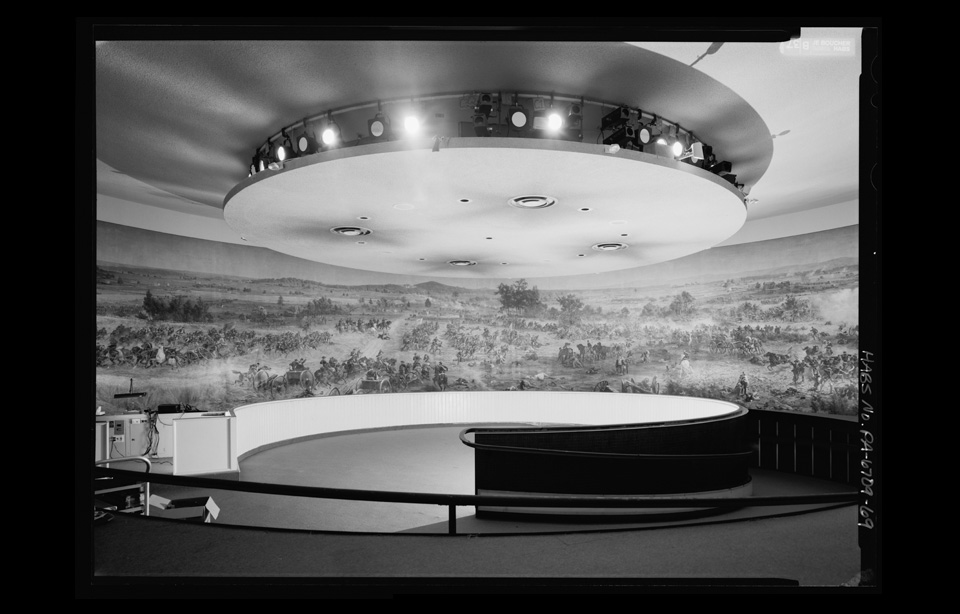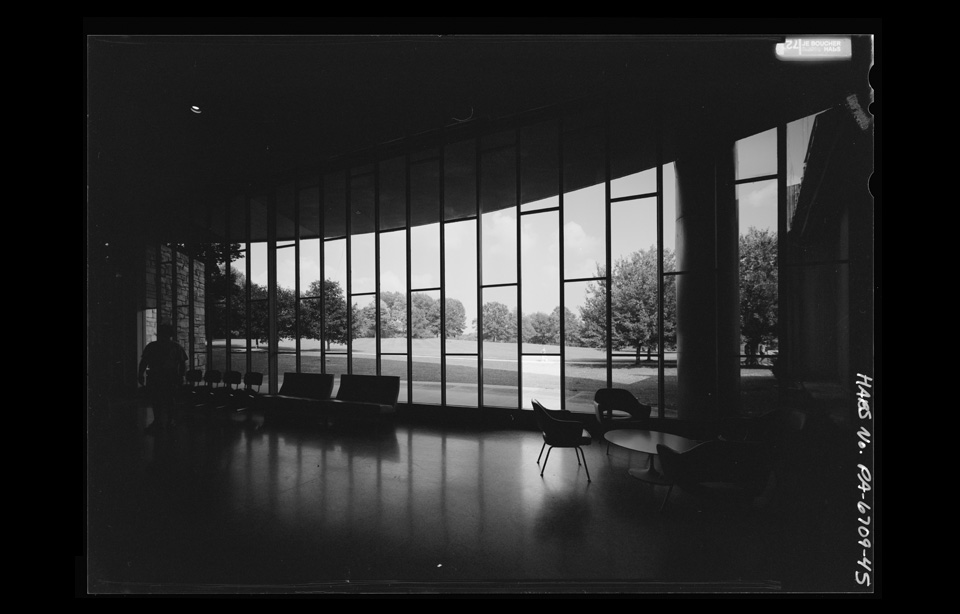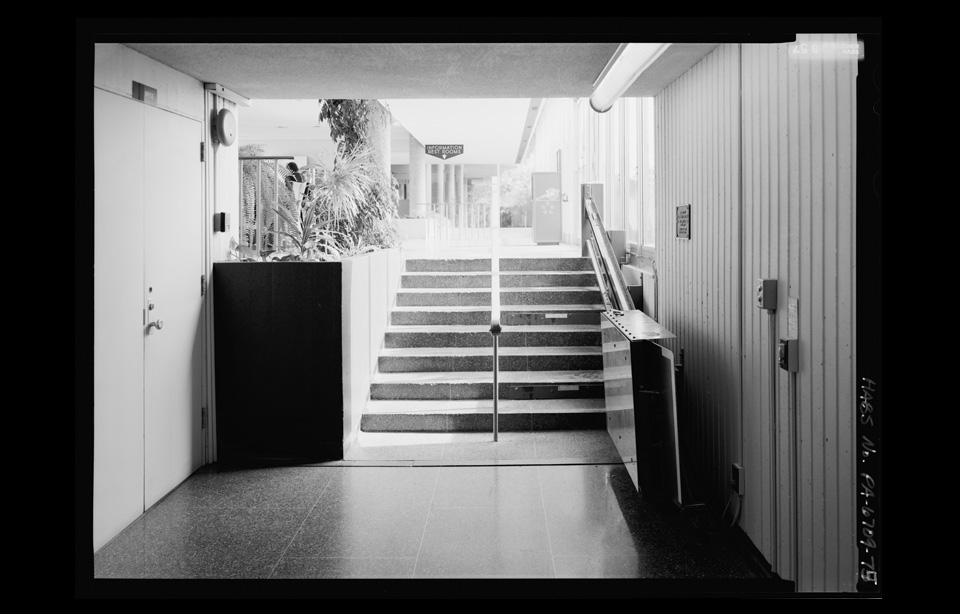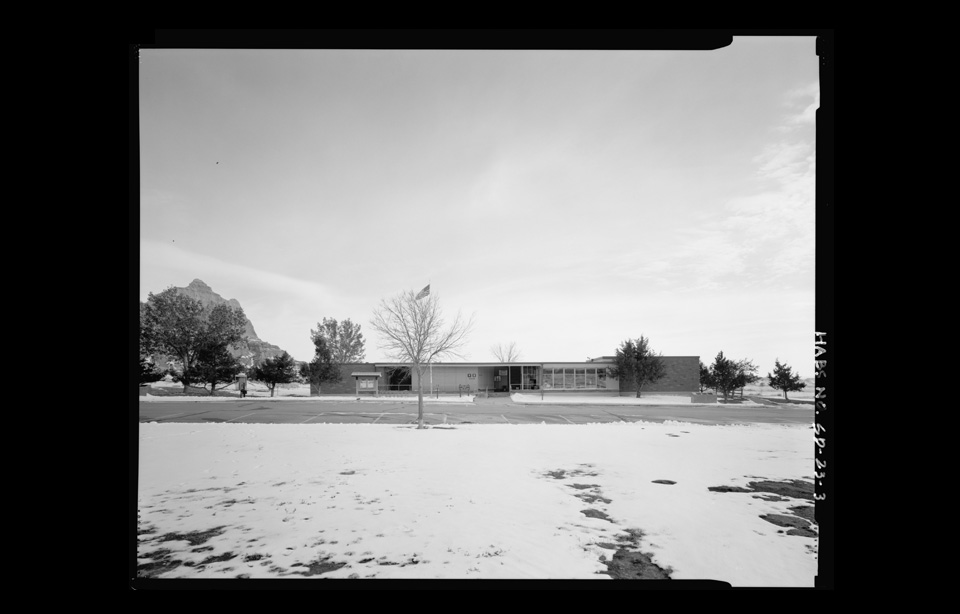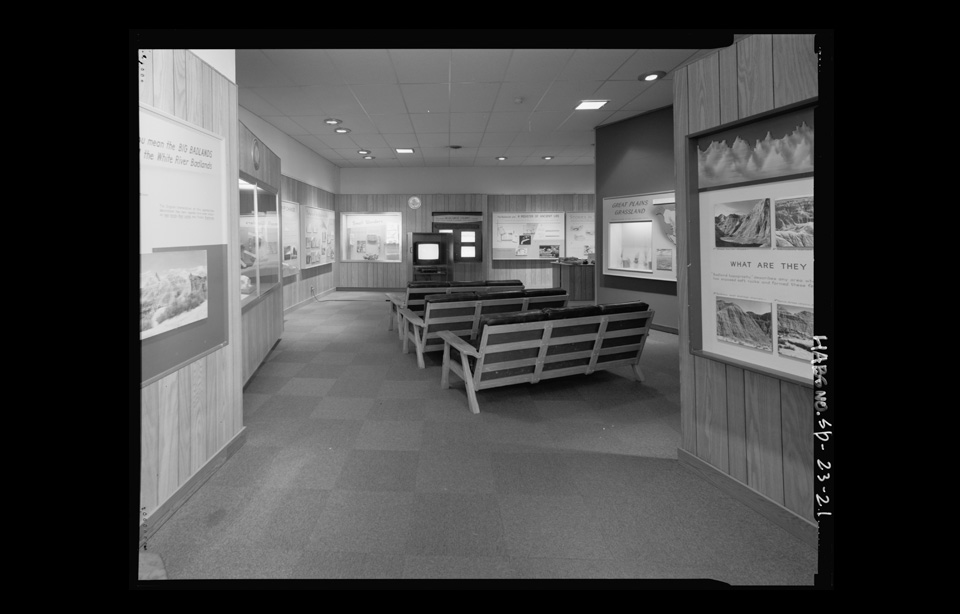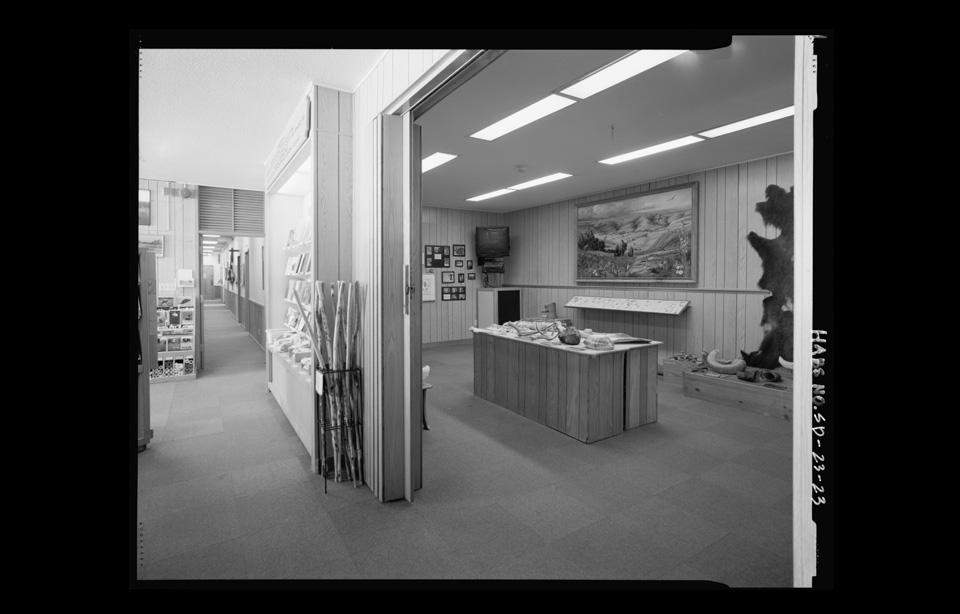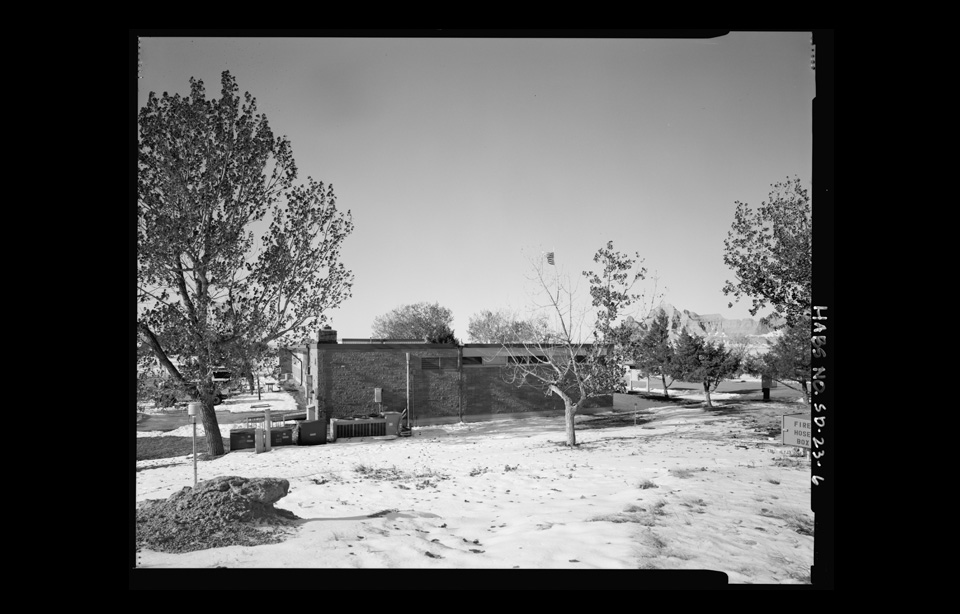BSA Gear List - 1966
A vintage gear list from the Boy Scouts of America. This particular list is from the 1966 Merit Badge Book. I've had this book for a long time but as a former Scout in the UK, I disagreed with some of the BSA membership policies and it didn't feel right posting it, they have since agreed to take action and while the rule change was voted in by a pitiful margin at least they have made steps in the right direction.
“WEAR Complete uniform Pr. of comfortable hiking shoes* Sweater or jacket* Pr. rubber lightweight* Raincoat or poncho* Rainhat or rainhood*
CARRY IN POCKETS Jackknife Matches in waterproof case Handkerchief Wallet and money (including dime for phone call) Individual toilet paper in plastic bag Compass 2 0r 3 Band-Aids
TOP OF THE PACK OR OUTSIDE POCKET Repair kit containing: rubber bands, needles, thread, buttons, safety pin, shoelaces, cord, extra plastic bags, fire starter Pair of extra socks Eating utensils: knife, for spoon, cup, bowl, plate Flashlight
INSIDE YOUR PACK OR FASTENED TO THE FRAME Sleeping bag or 2-3 warm blankets
INSIDE YOUR PACK Waterproof groundcloth, plastic sheet 1 pr. moccasins or sneakers Plastic or cloth clothes bag containing: extra shirt, extra pants, pajamas or sweat suit, extra handkerchief, extra socks, change of underwear Toilet kit Containing: washcloth, comb, soap in waterproof container, hand towel, bath towel, metal mirror, toothbrush and toothpaste, washbasin (plastic or canvas)
*if not warn, have readily available in pack.”
This is a fairly comprehensive and weighty list but to be fair it is for camping not just hiking. I also love this great illustration to go along with the sections.
BSA Gear List - 1966
There is a whole series of these book covering a multitude of subjects they are cheap and easy to find but packed with great information.
